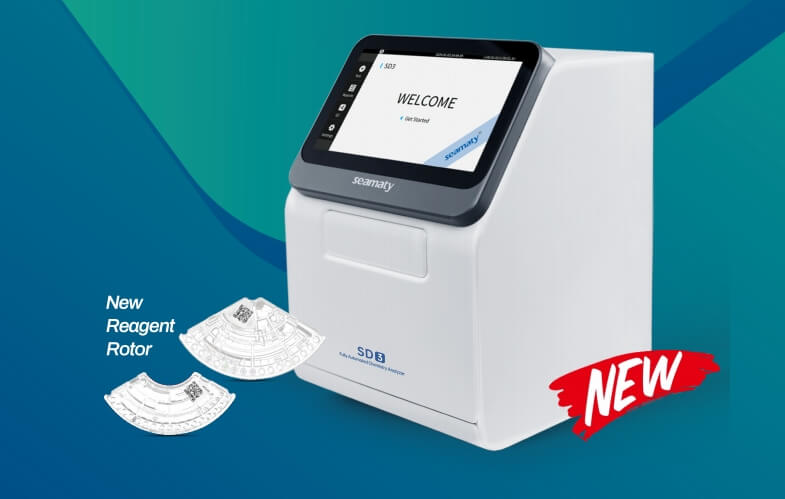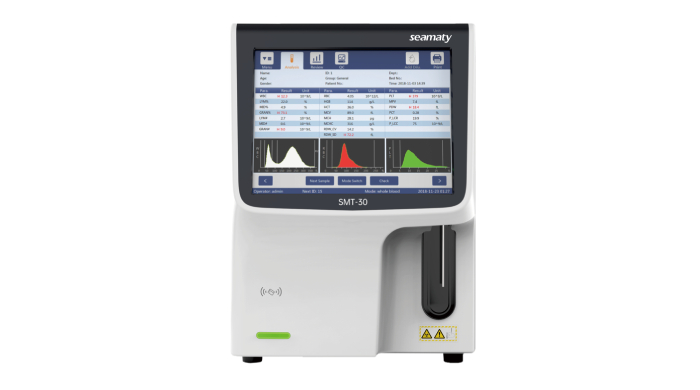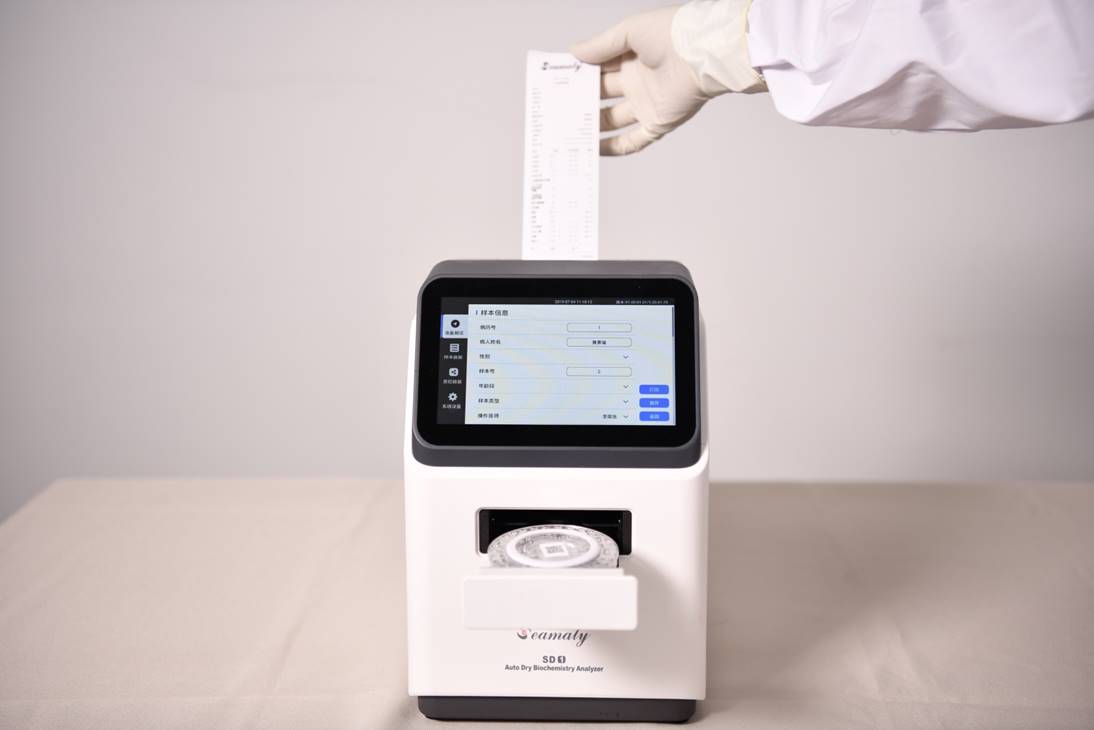release time:2022-06-09 10:24:12
SD1 is a fully automatic dry chemistry analyzer developed and manufactured by Seamaty, which can test electrolytes and routine biochemical items such as liver, kidney, cardiac, glycolipid, and pancreas. The SD1 is an intelligent, portable, easy to operate, highly automated, small sample size, accurate and maintenance-free instrument for medical and health diagnostics.
The BS-480 chemistry analyzer is a versatile mid to high volume chemistry platform with a traditional software design and easy-to-navigate interface; creating a positive user experience in today's fast-paced laboratory environment. A wide selection of test menus including general chemistry and electrolytes to meet the needs of most clinical laboratories and hospitals, making it one of the most advanced and uniquely designed diagnostic tools available for today's fast-paced, medium to high volume laboratories.
The SD1 is an instant-test portable biochemistry analyzer that can be tested anywhere, at any time, and can be installed in hospitals, clinics, laboratories, ambulances, and at the patient's bedside.
It contains the following features.
6. Lifetime maintenance: the key parts are imported, no internal liquid circuit, pump valve and other wearing parts; two-year warranty and lifetime maintenance.
BS-480 is a multi-functional medium-high biochemical analyzer, which is usually found in fixed places such as laboratory departments and laboratories where the number of test samples is high.
It has the following features.

2024-04-24
The Seamaty SD3 dry chemistry analyzer revolutionizes POCT with its innovative fan-shaped reagent panels. Run 3 tests at once, saving time & money. Improve workflow & deliver faster patient care. Learn more about the SD3 & optimize your POCT practice!

2022-07-21
CBC machine is also called hematology analyzer, hemocytometer, blood cell counter, etc. cbc machine is one of the most widely used instruments in hospital clinical testing.

2022-06-02
Biochemical analyzers play a crucial role in any laboratory as they reveal valuable information that helps to efficiently and accurately diagnose a person. The information that can be gathered through this equipment includes: